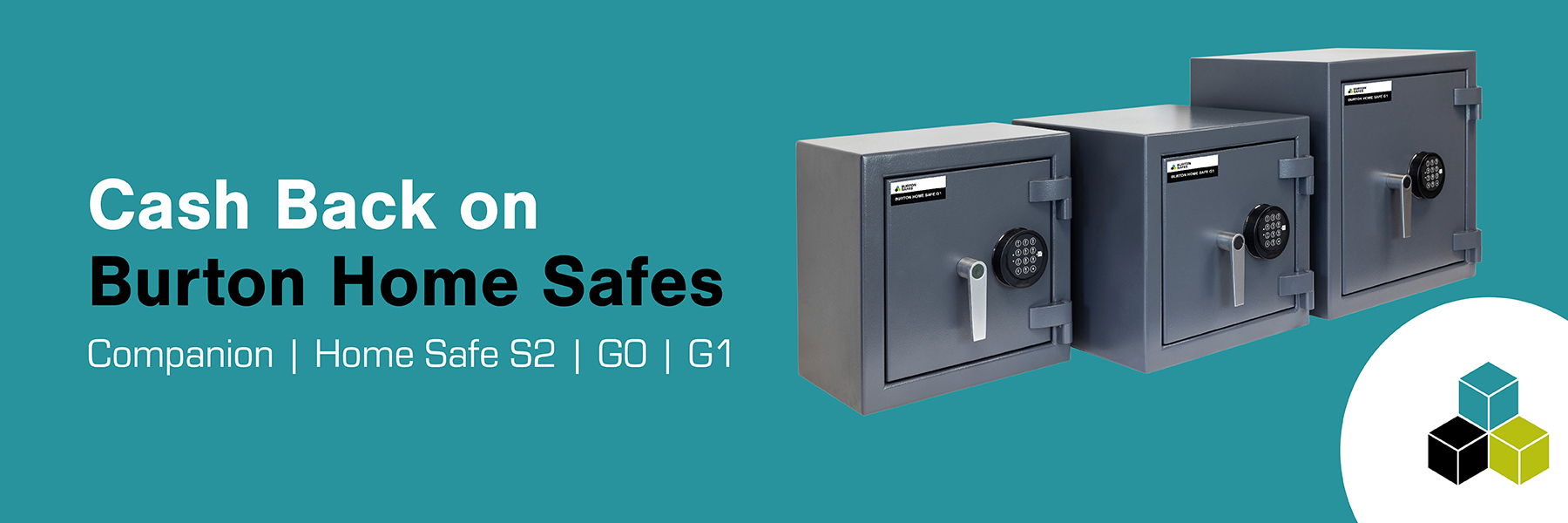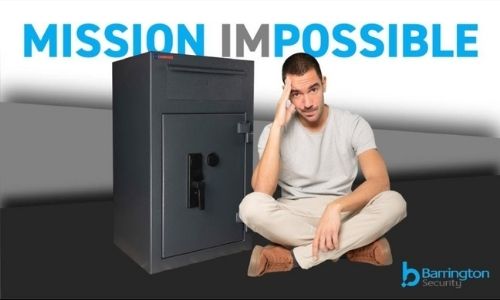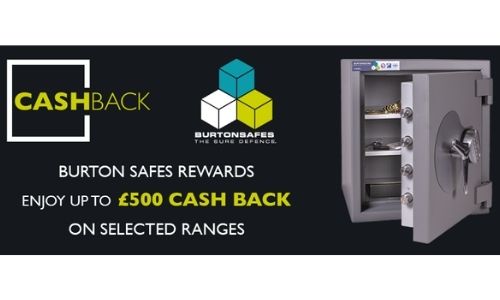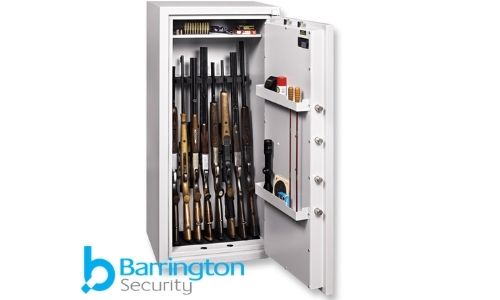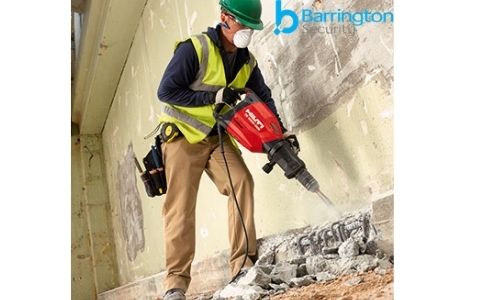The Best way to fit an Underfloor Safe at your Home or Business
The Best way to fit and Install An Under Floor Safe
If you are thinking about purchasing an underfloor safe for your home or business. Well here is how the installation process works.
You may be worried that digging into your concrete floor, that it will create a huge mess. But in reality it won’t be that bad. Yes you will need to clear the space/area and leave it for 7 days during the installation.
The following instructions outline the installation process.
Preparing the safe & site:
- Remove the under floor safe from the packaging. Taking care not to damage the box, as you may find it useful when marking out the installation floor area.
- Remove the safe door and keep safely away from the installation area.
- For total protection it is recommended that the safe is fitted with absorbent paper. (To be removed once installation is complete).
- Fill the safe up with crumpled newspaper. By doing this it will prevent sand & cement entering the safe and locking mechanism during installation.
- Ensure that no cables, pipes or drains run through the selected area.
- Mark out the area on the floor and add at least 150 mm more than the safe on all sides.
- Add a little water on the concrete floor before digging hole for under floor as this will keep the dust down massively.
- Dig through the concrete to a depth that is the height of the safe. Add 75 mm, plus the thickness of any floor coverings that will go over the top of the safe. This will ensure your safe remains completely underground and your floor is level.
- Wrap the underfloor safe in tarpaulin and tape around the sides and base of underfloor safe. This will help the underfloor safe from becoming damp and wet inside the safe.
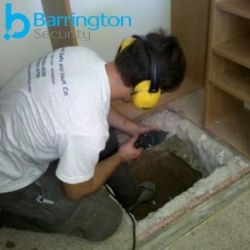
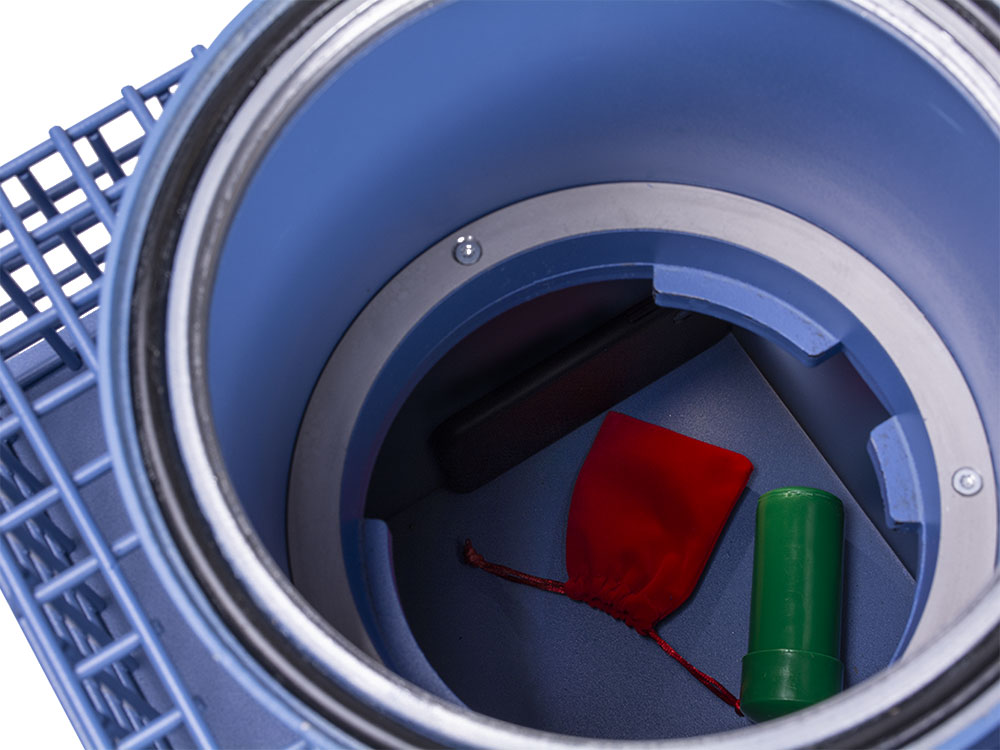
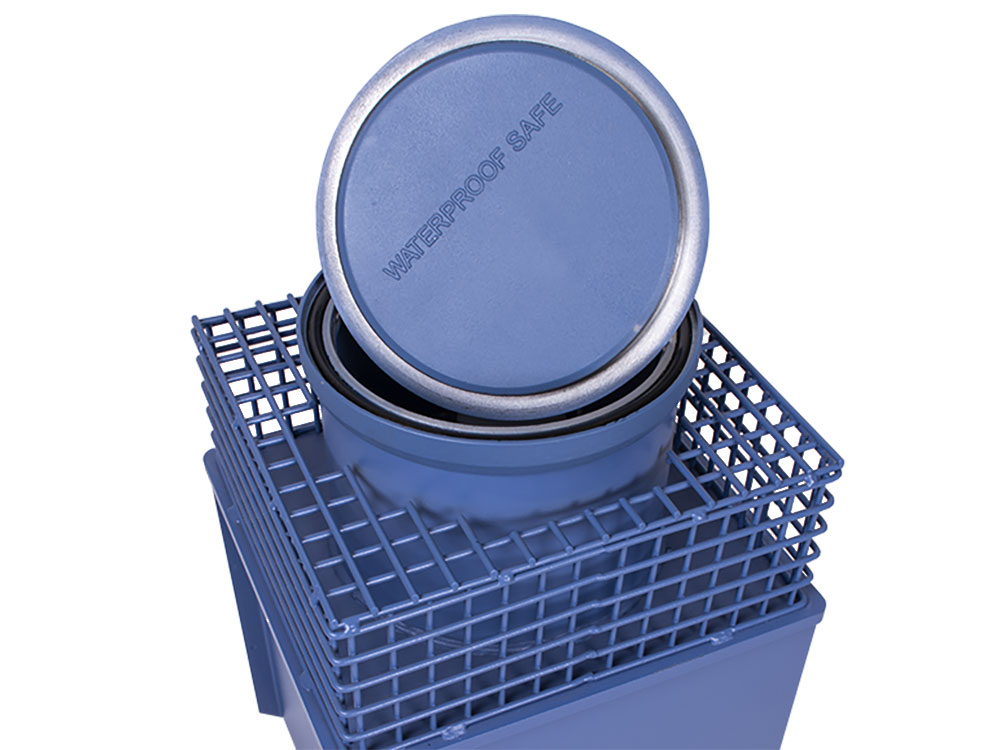
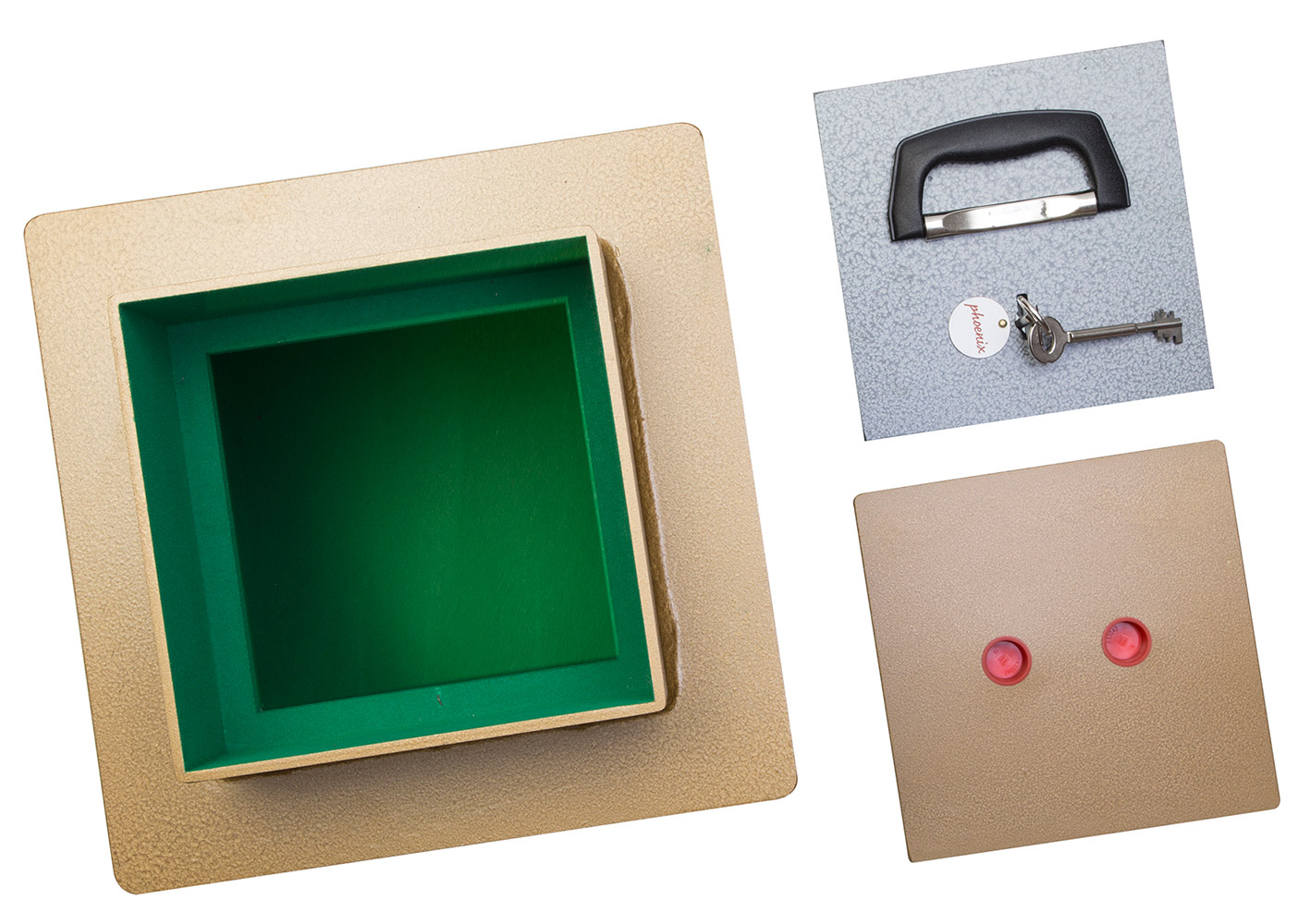
Installing the underfloor safe:
- Fill in the bottom with 100 mm of concrete, this makes for a solid base.
- Slowly lower the safe into the centre of the hole you have created. Work it down until the safe is the correct distance below the floor level (allowing for cover and floor coverings).
- Make sure the safe is well bedded down. With the aid of a spirit level check that the top of under floor safe lid is level with the floor surface.
- We recommend this following mix. 1 x part Portland Cement, 2 x parts sand- M grade, 4 x parts gravel (Maximum 10 mm diameter). Mix in a large tub or on a prepared surface aiming to achieve 30/50 Newton strength.
- Fit the special ready-made reinforcement kit (if applicable).
- Check the safe is level and add in more concrete in 100 mm layers. Working each layer into the layer below with a strong stick. Make sure when doing this that the safe has not been disturbed.
- Stop 10 mm below the floor level and fill in the final 10 mm with a mixture of sharp sand and cement.
- After this step we advise to leave the safe untouched and uncovered for 7 days. While the cement dries and the safe settles.
- We would recommend removing the crumpled up newspaper. Let the safe ventilate for 24 hours prior to use.
Maintenance off an underfloor safe:
- Use the escutcheon to protect the key hole.
- Use the dust cover, which will either be metal or plastic.
- Do not oil the lock- use a silicon spray or graphite powder.
- If your safe does not operate as normal, or you notice something different with the lock operation.
- Please do not force it, contact your local safe supplier or safe locksmith.
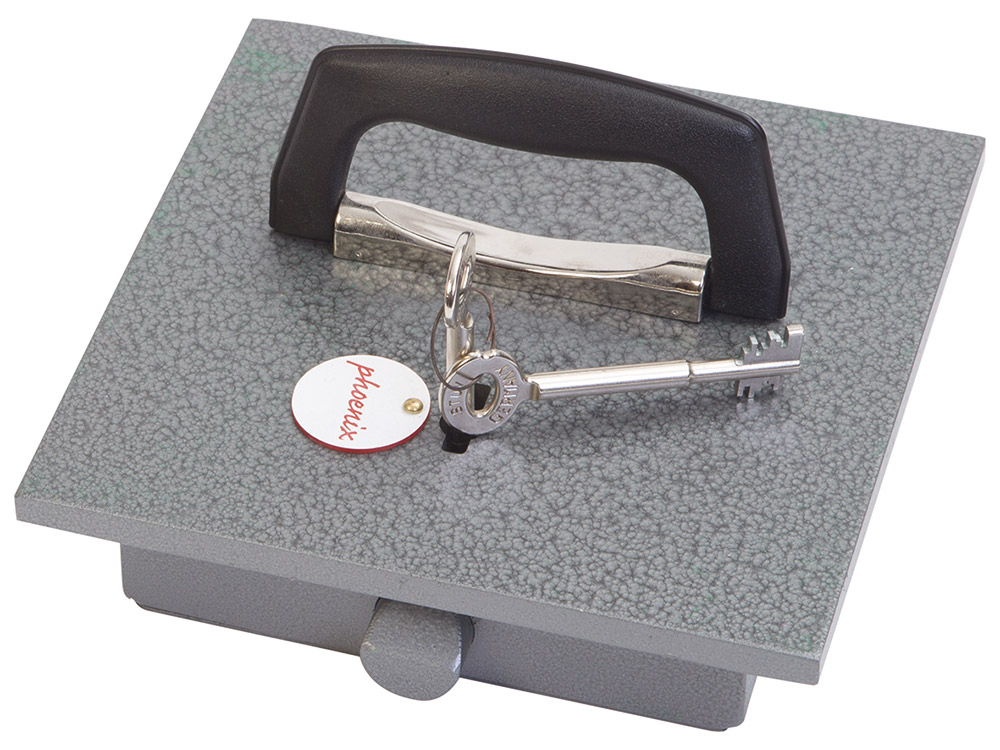
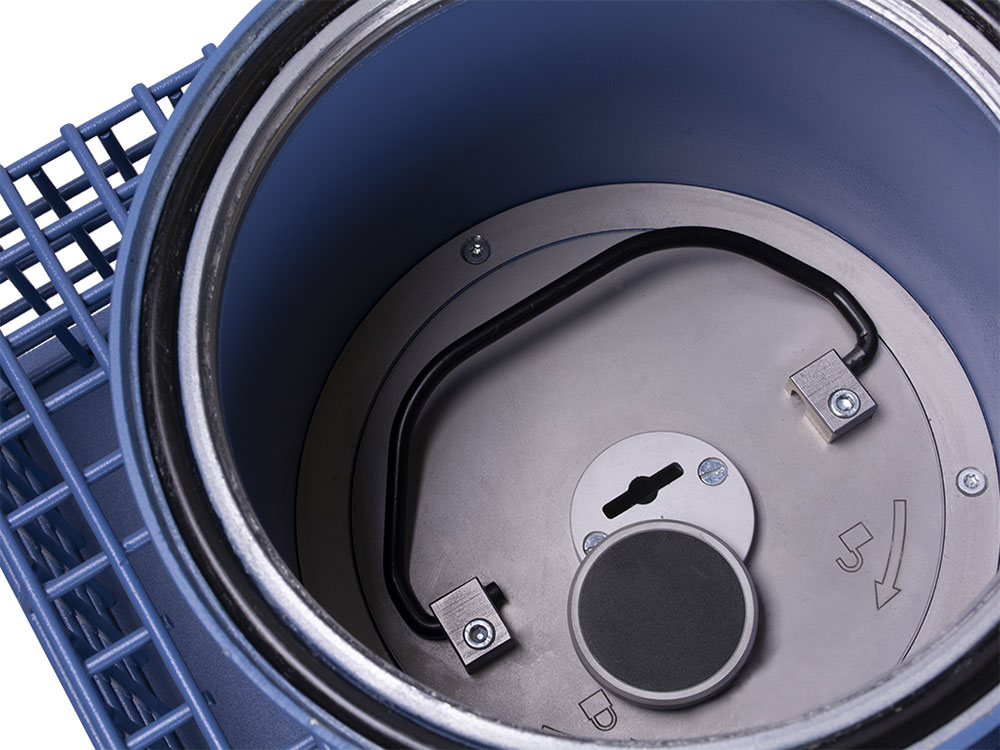
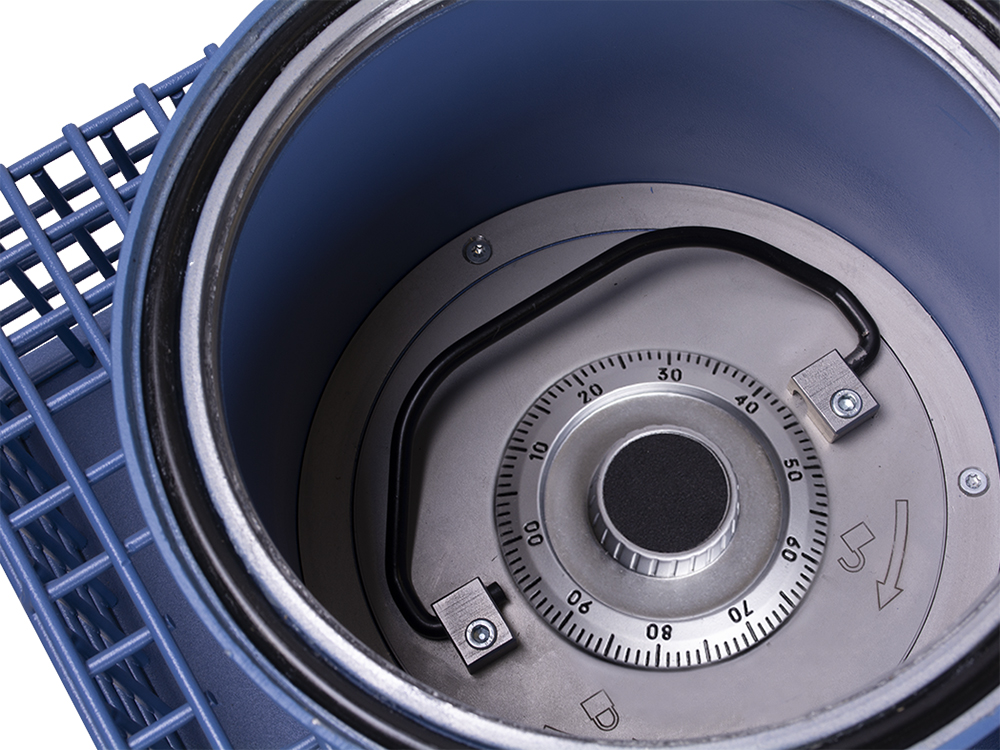
Pros of owning an underfloor safe:
- Great for hiding your valuables.
- Hard to find, as it would be under the ground level.
- Hard to attack or force open.
- The safe doors being smaller than freestanding safe doors.
- A fantastic level of physical security.
- Safe is put into the ground and set into concrete, hard and unlikely to be taken away.
Cons:
- The safe door lid can be quite heavy, depending on the Grade and brand.
- To gain access to the safe, you will have to go on your hands and knees.
- If installing into an existing solid floor, digging a hole is noisy and dusty.
- Not recommended for areas prone to flooding, as the safe could fill up with water.
- Not ideal for storing items that can get damp, for example, papers, leather watch straps.
- We would recommend putting these type of items inside a warm cloth bag & set inside a plastic air tight bag.
I hope you enjoyed reading this blog on how to fit an underfloor safe correctly.
We sell a wide and fantastic range of Underfloor safes. From Burton Safe, Britannia Safes, Phoenix Safes & Securikey. Click on this to see Barrington Security Selection of Underfloor safes.
We would love to hear from you. If you require further assistance to find the right underfloor safe for you, contact Mark, Susan or Jennifer.
Tel: 0800 389 6066.
Email: info@barringtonsecurity.co.uk
Website: www.barringtonsecurity.co.uk
Be Safe, Be Sure, Be Barrington Secure.

